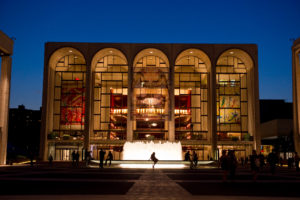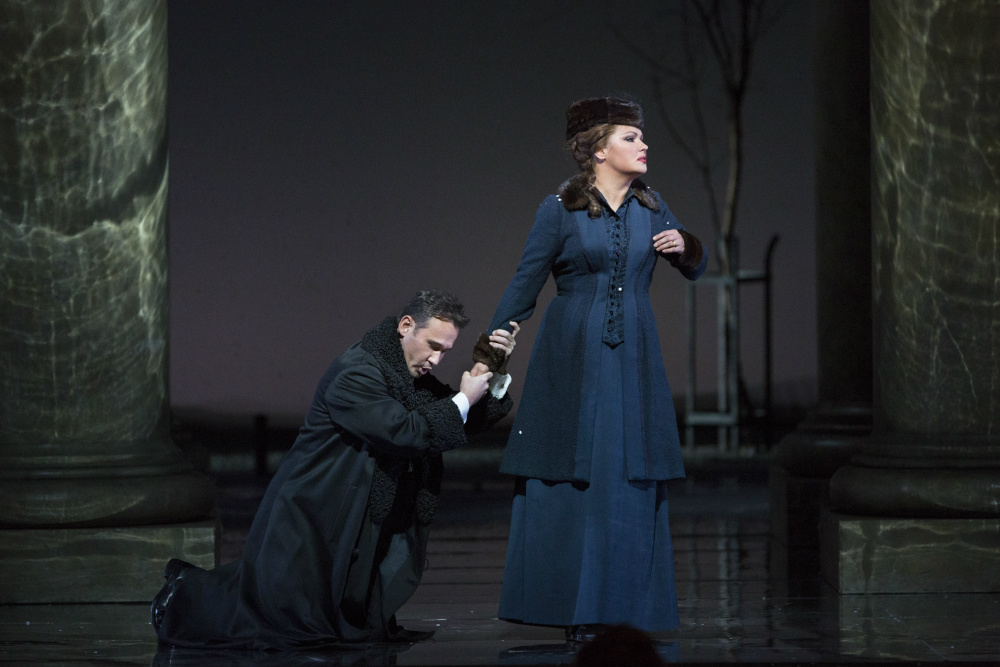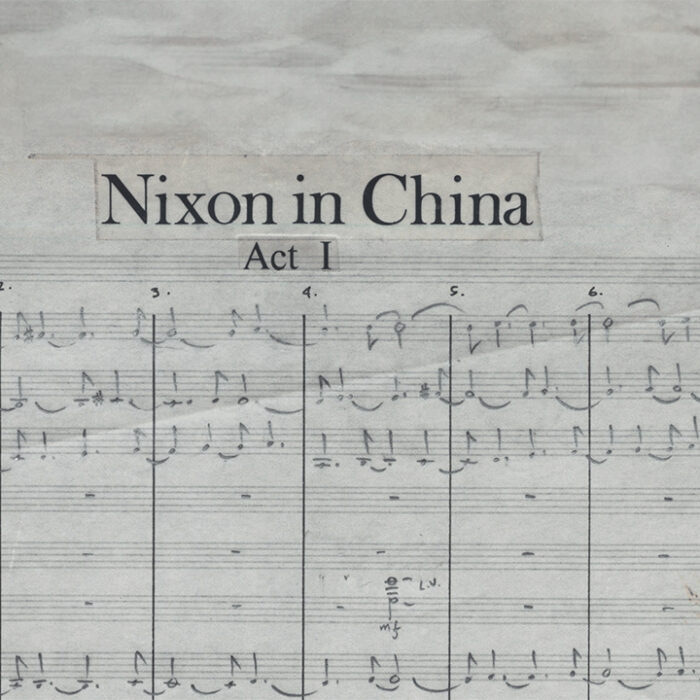
Editorial: 7 Ways The Metropolitan Opera Could Bring In New Audiences & Improve Customer Experience As It Struggles With Ticket Sales
By David SalazarLet me preface this by saying that I love the Metropolitan Opera. It is my home opera house and OperaWire.com does not exist if not for the hundreds of nights spent at that house over the past decade.
But it was truly disheartening this week to read that the company is still struggling to fill the theater. The New York Times reported on Monday that the company had only taken in 67 percent of its potential box office revenue this season, a painful reality, especially when compared to theaters in Europe that perpetually sell out thanks to tourism and solid fanbases.
The number was up from the 2015-16 season, but that is little comfort when the number 67 comes back into view.
Considering this situation, I have decided to just point out some things I think that the Met Opera could do to potentially improve its situation in the seasons to come. This exercise has been executed many times before by other publications and we figured we would throw our own hat into the ring.
1. Change the Restaurant Into a More Casual Hotspot
Let’s start things off with the customer service experience. The Met management knows that things need to change in the structure of the building. And while fixing the lobby and expanding it is a must, something must be done about that restaurant. I have personally never gone there simply because it is overpriced. One of the common themes you will see me bring up throughout this post is the notion of status and elitism. I know that the Met is one of the most respected institutions in the world, but that does not mean that its restaurant, a main point for social gathering, should come off as exclusive. Why not turn it into a locale that serves all kinds of food at more affordable rates and stays open after the performance so people can discuss the night over a beer and some fast food? That will make the Met a more attractive place for all kinds of demographics, bringing in more revenue and making the house a destination for hangouts.
2. Open Up on Sundays
Speaking of customer experience, I always thought it strange that while every other major opera house in the country relishes the opportunity to put on a show on Sundays, the Met remains closed during the final day of the weekend. I recognize that there are contracts to re-negotiate and that the Met employees deserve at least one weekend day off, but the reality is this: people work during the week and the choice between catching a six-hour marathon of a Wagner work and getting some much-needed shut-eye in the middle of a busy work week will likely not go in the Met’s favor. But on weekends, when families naturally spend time going to shows and such, it simply makes sense for the Met to keep its doors open.
3. More Family Operas
Speaking of families, the company has done a solid job of incorporating its holiday presentations for younger children. These experiences are among the most engaging I have witnessed with the kids actually interacting throughout the performance. But isolating these events to just the December holiday season limits the potential to continue building up your base of future opera lovers. Moreover, limiting to just one opera per year also hinders the potential growth opportunities. With more modern operas being based on fairy tales and famous children’s stories, such as “The Little Prince” and “Pinocchio,” there is a wide breadth of content that the Met could put on to keep parents and kids coming back for more opera throughout the season.
4. Pick a Production Style
Peter Gelb’s strategy for picking his new production should make sense. He has his directors keep to rather traditional productions that do not alter the story of the opera too much (or at all), but he manages to get them to scale back on the scale of the sets, thus making them more cost-effective. The problem with this is that the traditionalist audiences aren’t falling for these sets, claiming that they lack the depth and realism of previous marvels. That’s why “La Bohème” continues to sell out.
On the other side of the spectrum, the younger audiences aren’t falling for these new productions either because they often don’t offer new perspectives that create fresh and timely experiences. While speaking with conductor Daniele Rustioni about his new work at Lyon, he remarked that the house sells out all the time and that most of the audience is comprised of Millennials who can’t get enough of the edgy new concepts that the house commits to. With so much content to distract them, millennials want opera to immerse them in new and unique experiences.
Obviously, this creates a problem for Gelb and company. On one hand you have to maintain your existing and loyal fanbase that keeps the engine revving. But at the same time you know that if you don’t cut through the content glut to get to the newer generations and your, hopefully, future loyal customers, your company will have no future.
Sticking to one style is essential to at least keep one fanbase happy instead of making two unsatisfied.
5. Have Two Productions Per Opera
This might seem a bit crazy, but one might also suggest having two productions for the same opera. The logistics would be difficult to work out but by having a starkly traditional version of a show and then an edgier and more modern approach, you can actually make the two aforementioned groups more interested in attending. While over the long run it might not seem like a fiscally responsible decision, in the short run, this might serve as a barometer to see which style of production is really the key to long-term success and garners more loyal audiences.
6. Bring More Opera That Caters To Different Audiences
While we are on the subject of the operas and production, let’s talk about the repertoire. The Met puts on the greatest masterpieces in the history of the artform and, given its vast schedule, it has room for rare gems that would otherwise get overlooked. The Donizetti Trilogy is the most prominent of these examples; what company has showcased all three with one artist in recent years? But yet the standard repertoire is not enough to bring in newer audiences. And new modern operas isn’t the solution either.
Where are the LGBT operas, which would help bring in a new and diverse audience that loves opera? What about Spanish-language opera? The company gives the subtitles in Spanish at every single performance, so one would be led to believe that a prominent audience is Spanish-speaking. And those are just two of many potential groups the Met could cater to more directly.
Which brings us to the musical. In a year where Leonard Bernstein’s centennial is being celebrated, it remains quite surprising that the Met did not schedule a Bernstein work for its upcoming season. Something that has operatic roots, such as “West Side Story (its overture did, after all, kick off the Met’s 50th Anniversary gala).” Or “Sweeney Todd,” which has been dominated by Met regular and operatic icon Bryn Terfel. That is sure to bring in a massive crowd and boost ticket revenues. Just ask Lyric Opera of Chicago how that yearly program is working out for them.
7. Don’t Play All Your HD Cards
Next season, every new production is going to be showcased worldwide in movie theaters. While I have no doubt that the Live in HD series is profitable, it is but one performance per opera. If you show the new production to the whole world, then it will stop many from venturing out to the house to see it firsthand, securing profitability for one performance, but leaving the remainder to chance.
Showcasing half of the new productions and then joining them with other revivals on the HD slate would at least leave some mystery to the new productions, forcing people to actually come to the Met to find out what the new experience is like.
What do you think the Met needs to do to improve its audience experience and draw in newer crowds?
Categories
Editorials

